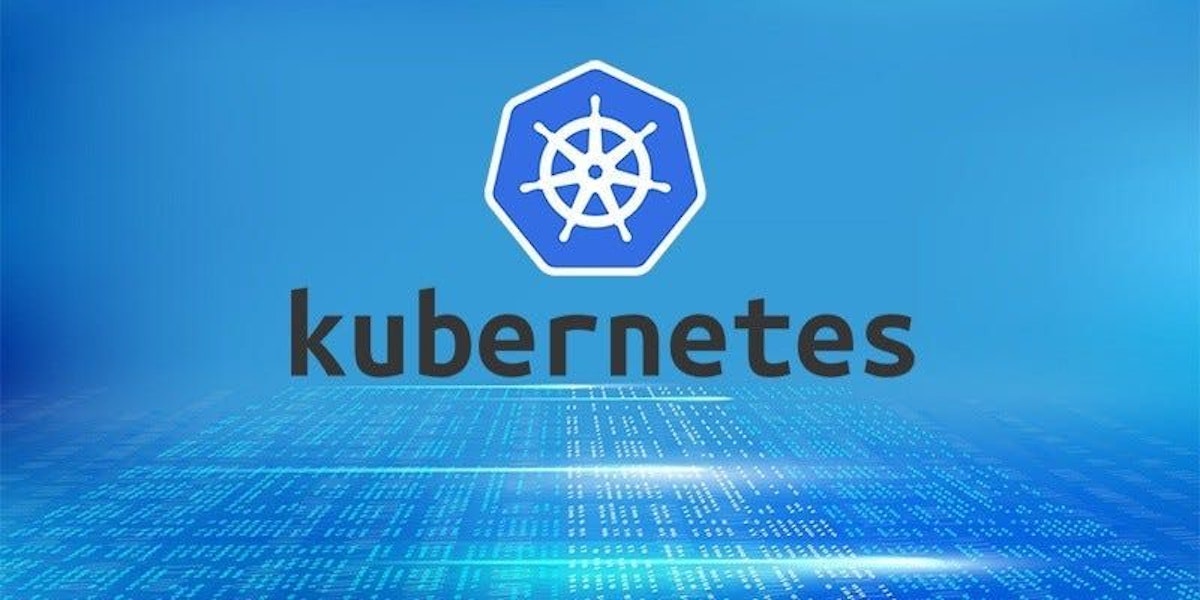2,323 reads
Upgrade Kubernetes Cluster on CentOs

Too Long; Didn't Read
This article cover Kubernetes version update and what will happen and how to resolve when we decided to update on a two versions up at once.Lead DevOps with expertise in Cloud, Salesforce, Kubernetes and CI/CD.
STORY’S CREDIBILITY
Code License
The code in this story is for educational purposes. The readers are solely responsible for whatever they build with it.
Guide
Walkthroughs, tutorials, guides, and tips. This story will teach you how to do something new or how to do something better.
Original Reporting
This story contains new, firsthand information uncovered by the writer.
L O A D I N G
. . . comments & more!
. . . comments & more!

